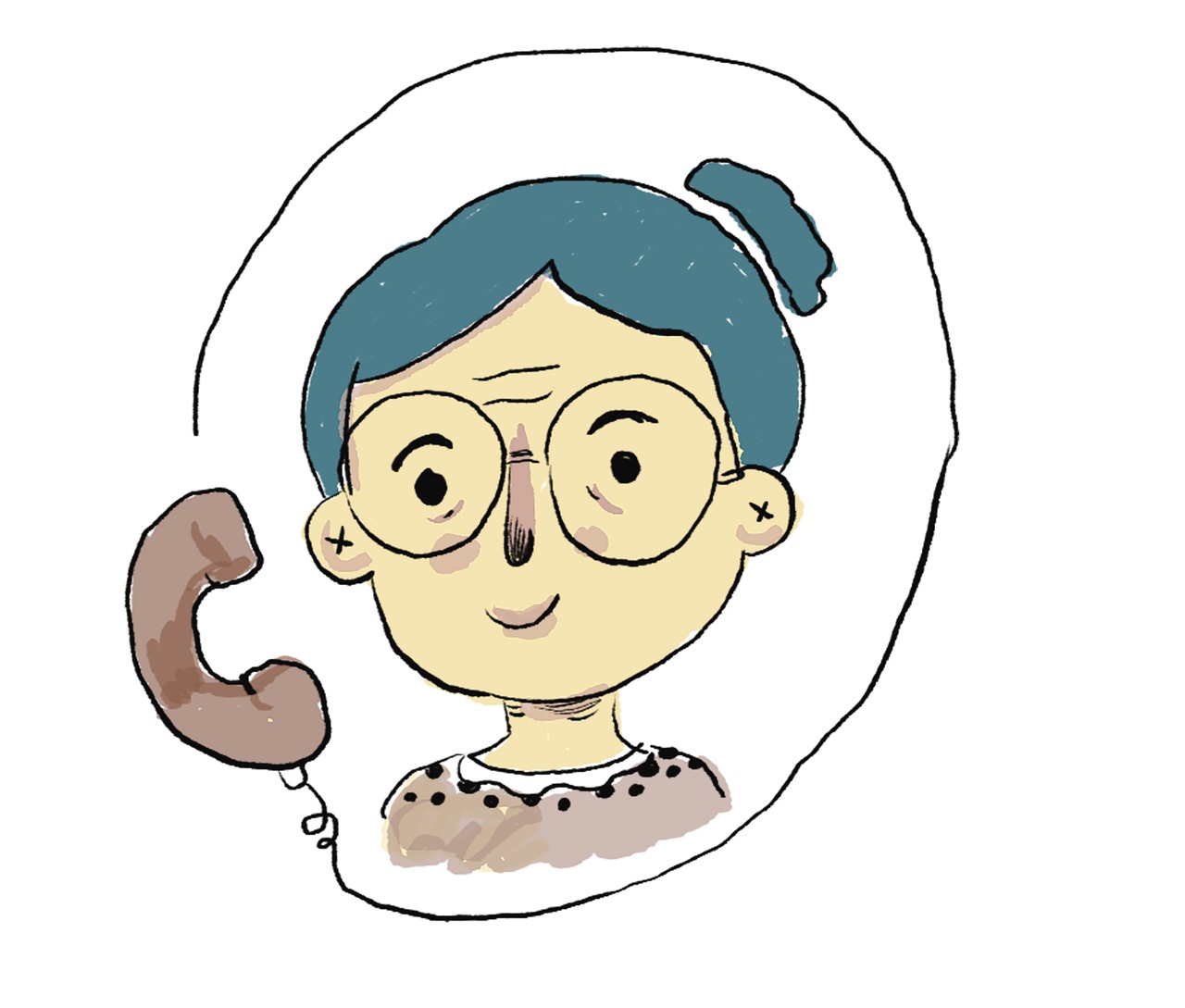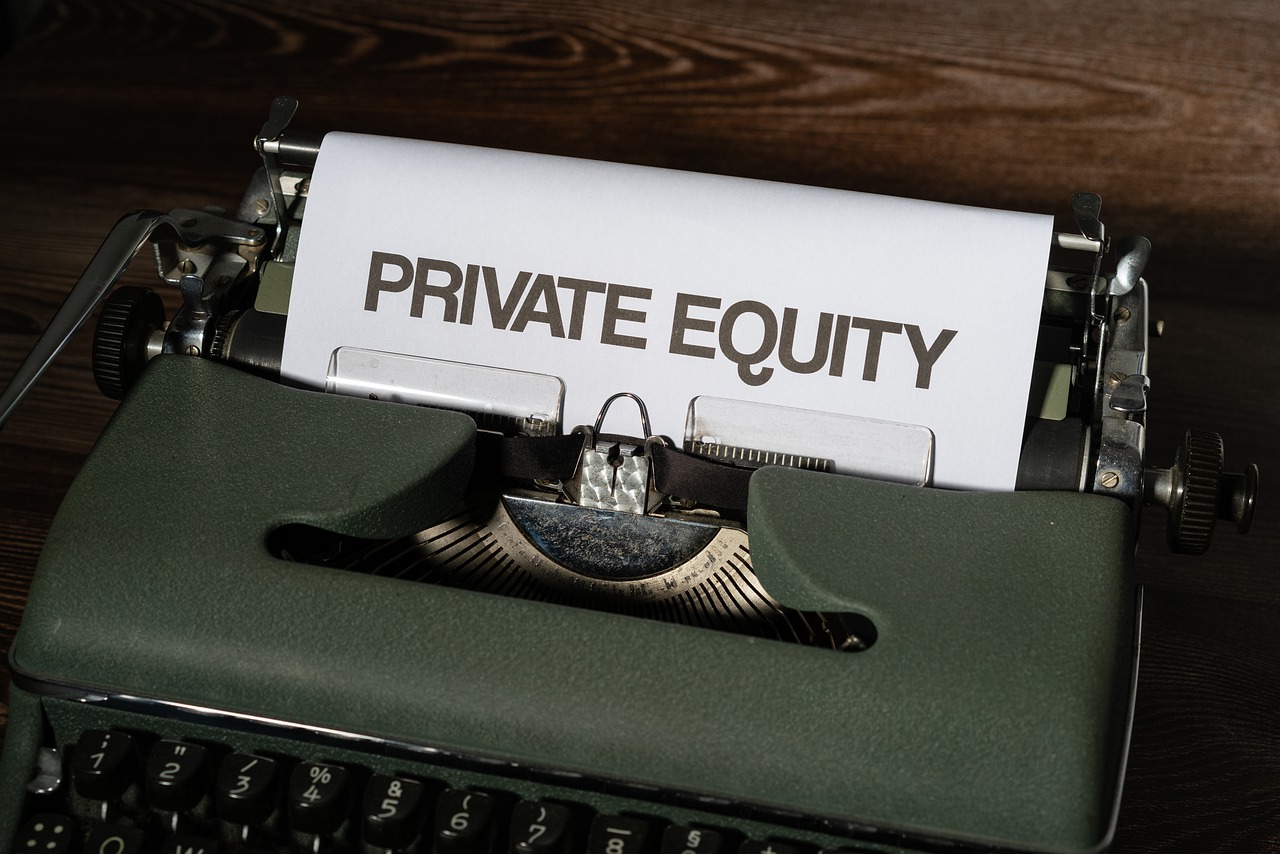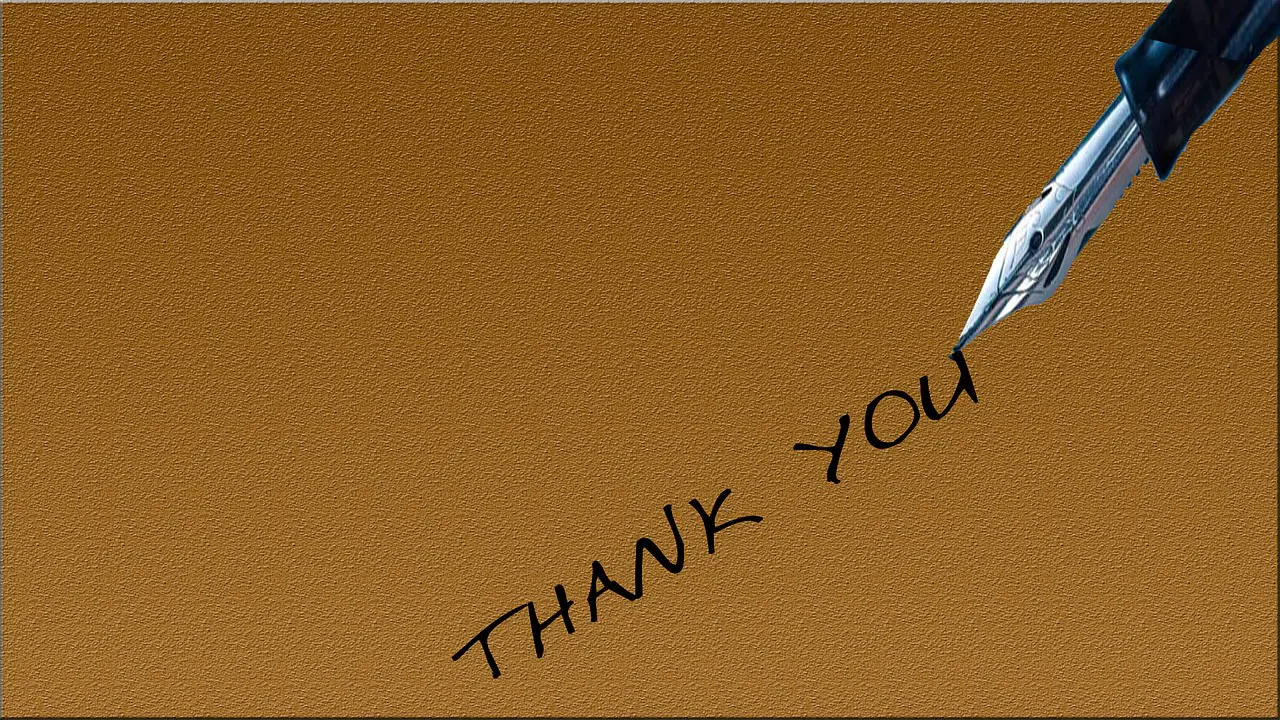
Formerly as a student, you could get away with texting anything you wanted on your smartphone or computer. Unless you bullied your colleagues or significantly abused the technology, the consequences remained minimal. On the other hand, an “insignificant” text from a medical professional, including a medical student, radiology trainee, or radiologist, can lead to dire results. Between the potential for HIPAA violations, unforeseen job losses, and discoverability of texts for evidence in legal cases, poorly thought out texting can severely damage your career. So today, we will delve into the dark side of an important technology that we all use, the unencrypted electronic text/message. And, you will see why radiologists need to use this particular communication tool so carefully. We will go through five different situations in more detail.
Patient Information Texting Taboos
Sending patient information over an unencrypted text message can lead to a disaster. HIPAA has its tentacles everywhere. God forbid… If a third party discovers this message containing sensitive private patient information without authorization, the federal government can severely fine and even incarcerate you! And, we are not just talking about a few hundred dollars. Millions can be on the line! (1) Not only that, but the patient can sue you for breaching their confidentiality. It is a lose-lose-lose situation!
Sending The Wrong Information To The Wrong Person
Have you ever texted a friend only to realize that two seconds after clicking send, it went to the wrong person or group? I suspect a majority of you, at one point or another, have encountered this problem. Usually, it is something benign. But occasionally, it can damage your reputation. Imagine sending a text to a friend saying, “I find Harry annoying.” And instead, it travels to the head of the department, and Harry is her fiance. These damaging texts happen all the time. But no longer may you lose just a friend. Instead, you may also lose your job or damage your reputation.
Poorly Communicated Intentions
Did you notice that most texts come off abruptly without context or emotion? We often misinterpret information that we intend to communicate by text as an offensive slight to colleagues or ourselves. A simple, seemingly insignificant text message to a technologist such as why didn’t you complete the study? can be interpreted in many different ways. Think about it. The technologist recipient may think that you blame him for never finishing his studies. Or perhaps, he can interpret this message as the radiologist believes that the technologist has a personal vendetta, which is why he thinks the technologist does not want to complete studies. On the other hand, it may just mean what it says: you need to complete the study and nothing more. Simple oral communication would have translated the initial intention more accurately with the appropriate accompanying facial expression and emotion.
Helping Out The Dark Side
Did you know that any text you send is potentially discoverable evidence for a lawsuit? You text your colleague, “I missed the pulmonary nodule on patient MR#123456”. Now that the text is in cyberspace and on your friend’s phone. The lawyers can recover that text from the cloud or your friend’s phone if the patient decides to sue you. All bets are off whether that text will incriminate you in a court of law!
Unintended Slip-Ups
And then, there is the essential unintended slip-up. Perhaps, the word correction software on your iPhone changed a word to something more sinister. Think about it. We see it happening all the time. I’ve seen the shift in expression from “see to sex” or “person to pee.” And unknowingly, you send the message out to the program director. (He may not be as forgiving as me!) In the wrong context, especially with the recent spout of sexual harassment charges, that message containing these words can be devastating!
Beware The Simple Text
In the modern era, avoiding texting our friends, colleagues, and loved ones is next to impossible. And, I am not saying that we should never text each other. However, based on these hazards, we should proceed cautiously and read over every text we create many times. An ounce of caution today can prevent a lifetime of work trying to recover from a poorly thought-out text!
(1) https://www.truevault.com/blog/what-is-the-penalty-for-a-hipaa-violation.html















